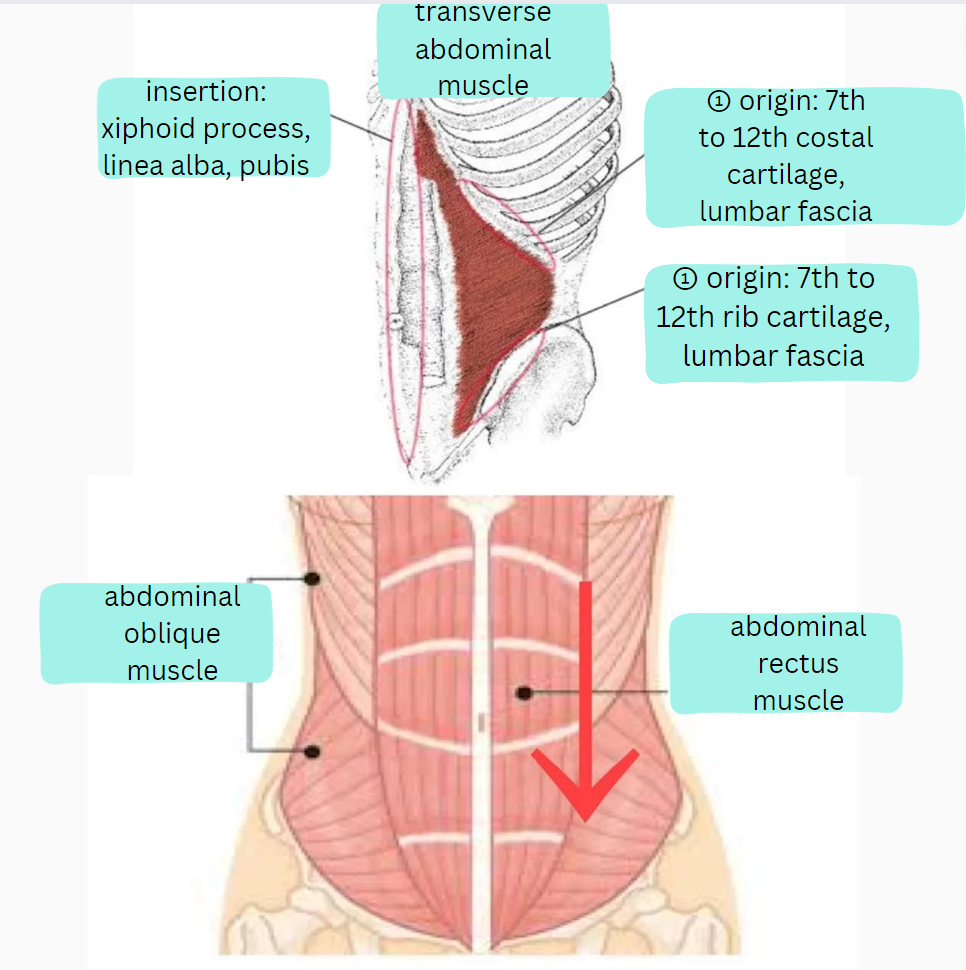Column Stiffness in the Abdomen
April 28, 2023

On TV, we often hear talking about “core muscles”.
You may have heard that you should train your core and develop your inner muscles.
This time, we would like to talk about the abdominal oblique muscle, which is part of the core muscles.
The abdominal oblique muscle has been discussed in previous articles, but simply put, it basically acts as the corset of the body.
Properly activating this muscle can enable you to protect your lumbar vertebrae and prop your body.
If you have an imbalance in your posture, such as a slouch or stoop, this muscle will have difficulty in performing its function properly.
If the abdominal rectus muscle and the abdominal oblique muscle (muscles on the surface of the abdomen) become overly stiff, the abdominal oblique muscle will be forced to the surface, making it difficult to function as it should. Some movements may also be impaired.
Many people with back pain usually also have stiff abdomens.
To prevent this, lie on your back and gently press in a vertical motion 4 fingers across from both sides of your navel.
If you find that this area is stiff and tense instead of being moderately elastic, relieve the tension by massaging it lightly.
* Since applying too much pressure may cause pain to your abdomen, make sure to apply only a moderate amount of pressure.
To apply pressure, slide in a vertical line 4 fingers across from both sides of the navel.
The key is to overlap both hands and gently massage the abdomen area with the whole pulp of the fingers, and not only with the tips of your fingers.
Daily care is essential to protect your body efficiently.
If you are suffering from chronic back pain, please make sure to pay a visit to our clinic.



